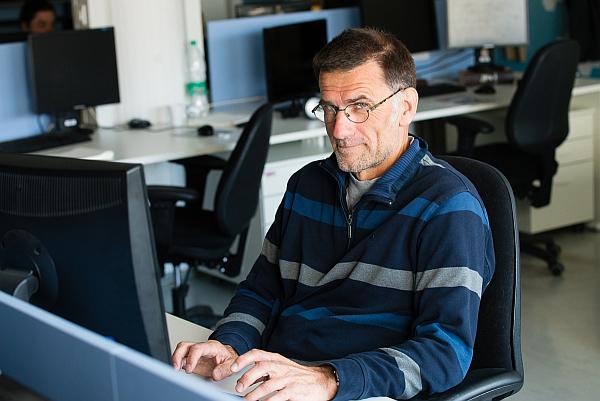
Slovenian pilot Matevž Lenarčič has concluded his 42,000-kilometre flight around the world on an ultralight aircraft, making a final landing last week at Portorož Airport. His feat is part of the GreenLight WorldFlight project, organised as a means to measure the concentration of black carbon in the air. Aerosol, the leading Slovenian producer of measuring devices, has joined the project as a partner. Lenarčič measured the concentrations at a height of 3,000 metres, where no measurements had been carried out before.
Lenarčič encountered numerous challenges along the way, in terms of both the weather as well as bureaucracy; the latter prolonged his journey even more often than bad weather. He shared his impressions of the journey with our readers in MMC’s chatroom.
“Time and again, I am taken away by the sheer scope and blossoming of bureaucracy as well as people who won’t or can’t think rationally. I’m truly afraid of such people, since in the case of serious problems arising they may be potential executors, causing one’s life to be at stake. Long flights are definitely a challenge and an opportunity to explore one’s own limits. Flying over Mt. Everest and the North Pole, in particular, have had a special impact on me. I’ve changed fast in a short span of time, and continue changing. My attitude towards the world has changed, too. I think it has become more positive. This latest feat was quite challenging, especially due to very long individual flights and minimal rest in between,” explained the Slovenian pilot, who is also a biologist, an environmentalist and a photographer.
Lenarčič carried out his around-the-world mission in Dynamic, a Slovakian aircraft that allows for long nonstop flights. Each of the two longest flights – from Cape Verde, west of Africa, to Martinique in the Caribbean, and from Borneo to Sri Lanka – took 18 hours to complete. “So many problems come up during the flight that it’s usually not difficult to stay awake, but if the flight is ‘easy’ I resort to regular exercise, yoga and meditation.”
The environmentally conscious pilot has also explained why he cannot get bored during long flights. “Not once in my 56 years have I been bored, especially not in the aircraft. Transoceanic flights require regular communication with Oceanic Control, which informs the pilot about the aircraft’s position, height and the so-called ‘operation normal’. In between, I need to make calculations about fuel, change various reservoirs (which doesn’t allow any room for mistakes), search for possible alternatives in case of weather phenomena, changes in the wind, storms … physical exercise is also a must …” Lenarčič enumerated his in-flight tasks.
G. C., translated by K. Z.

































































